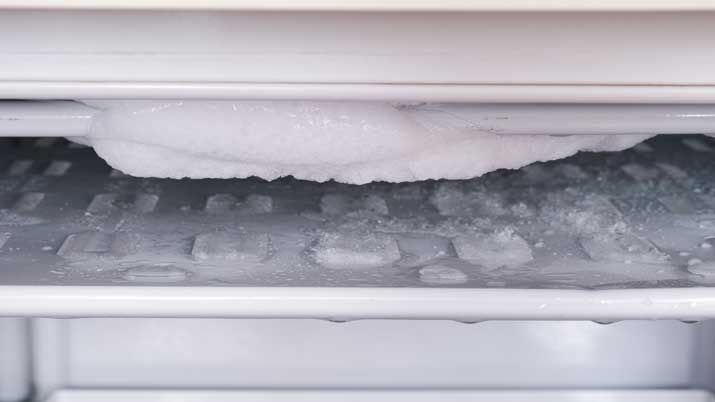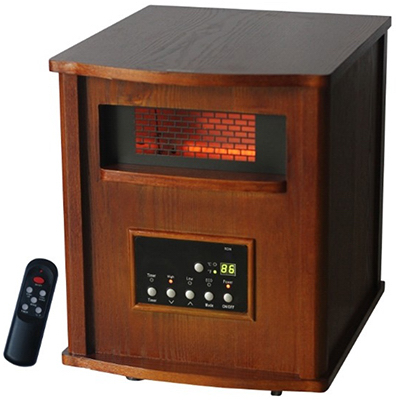Written by Chris Deziel; Updated December 27, 2018
Related Articles
- 1 Calculate the Kilowatt Hours for a Small Heater
- 2 Compare Home Heating Systems
- 3 Pellet Stove vs. Baseboard Heating
- 4 How Many Hours a Day Does a Hot Water Heater Run?
User manual; Westpoint WI-0035 User Manual. Infrared heater. Page 1 Infrared Heater User’s Manual Model#WI-0035 FOR INDOOR USE ONLY 120VAC 15 AMP DEDICATED CIRCUIT The Infrared Heater works with your in‐home furnace to provide supplement heat. Carefully and thoroughly read this manual before using the Infrared Heater for the first time. FREE 2-Day Shipping Electronics & Office Movies, Music & Books Home, Furniture & Appliances Home Improvement & Patio Clothing, Shoes & Accessories Baby Toys, Games, and Video Games Food, Household & Pets Pharmacy, Health & Beauty Sports, Fitness & Outdoors Auto, Tires & Industrial Photo & Personalized Shop Art, Craft, Sewing & Party Supplies See All Departments.
Quartz infrared heaters use as much power as electric heaters with resistive elements. The energy consumption depends on the rating of the infrared element, and that is usually in the neighborhood of 750 to 1500 watts.
Infrared Heater Operation
In a quartz infrared heater, electricity energizes a heating element in the same way it does in a conventional heater. The energy radiates out from the heater, and any part of your body in its path absorbs the energy and becomes warmer. Because the energy must be absorbed to be useful, some heaters incorporate a heat exchanger, which is usually a copper plate. The heat exchanger absorbs the heat and warms up, and a fan circulates warm air from the exchanger.
Power Consumption
Infrared heat is safer than conventional, resistive heat, but it takes just as much electricity to produce it. The rating for a particular heater is specified on a label — usually affixed near the power cord — and can be as high as 1500 watts. In California, where residential electricity costs about 17 cents per kilowatt hour, it costs about a quarter to run a 1500-watt heater for an hour. If you run it for 10 hours a day, that works out to about $75 a month.
References (1)
About the Author
Chris Deziel has a bachelor's degree in physics and a master's degree in humanities. Besides having an abiding interest in popular science, Deziel has been active in the building and home design trades since 1975. As a landscape builder, he helped establish two gardening companies.

 Cite this Article
Cite this Article Westpointe 1500 Watt Infrared Wch4267 Heater User Manual Lx Manual
Choose Citation Style
Westpointe 1500 Watt Infrared Wch4267 Heater User Manual Download
